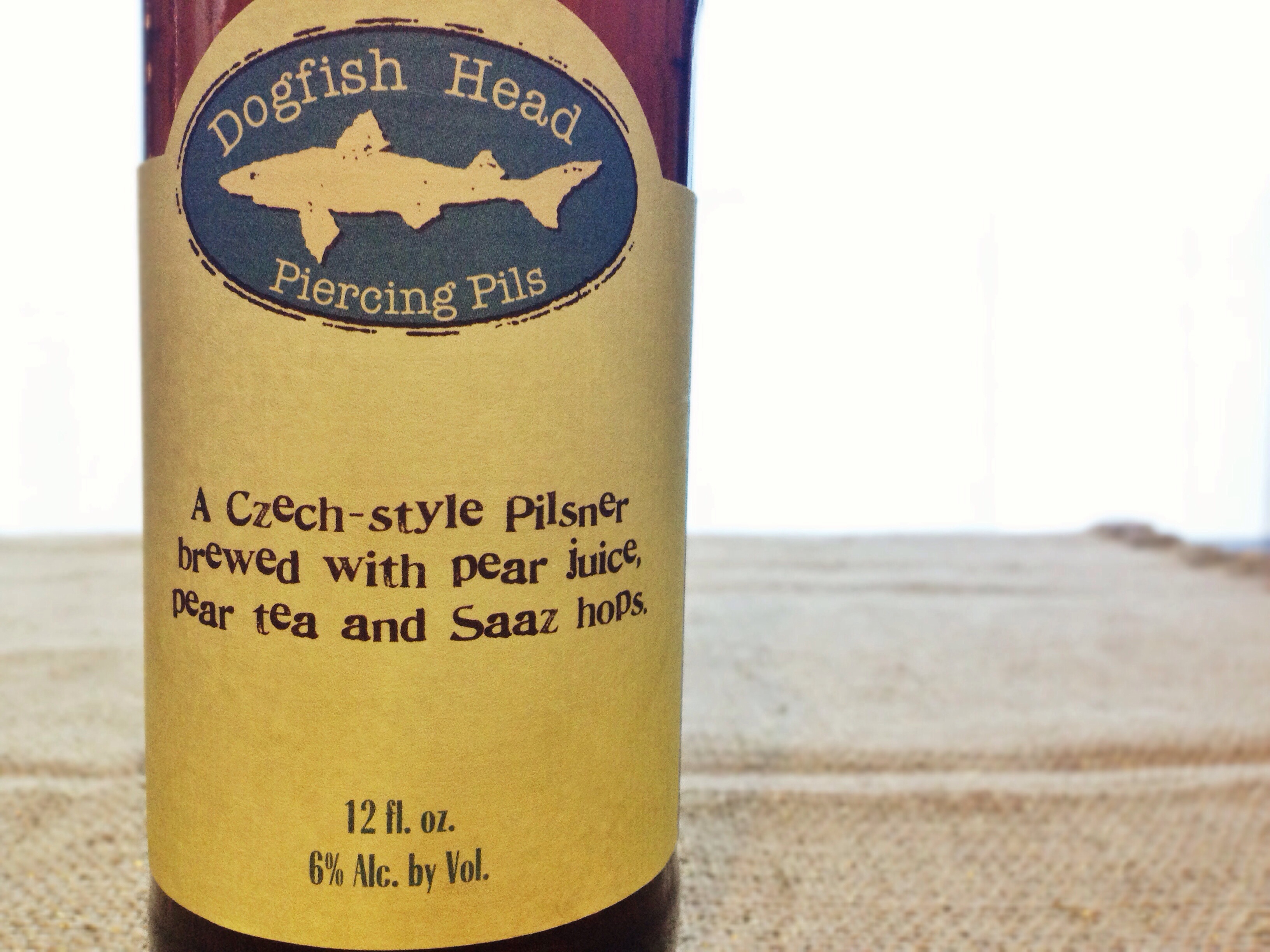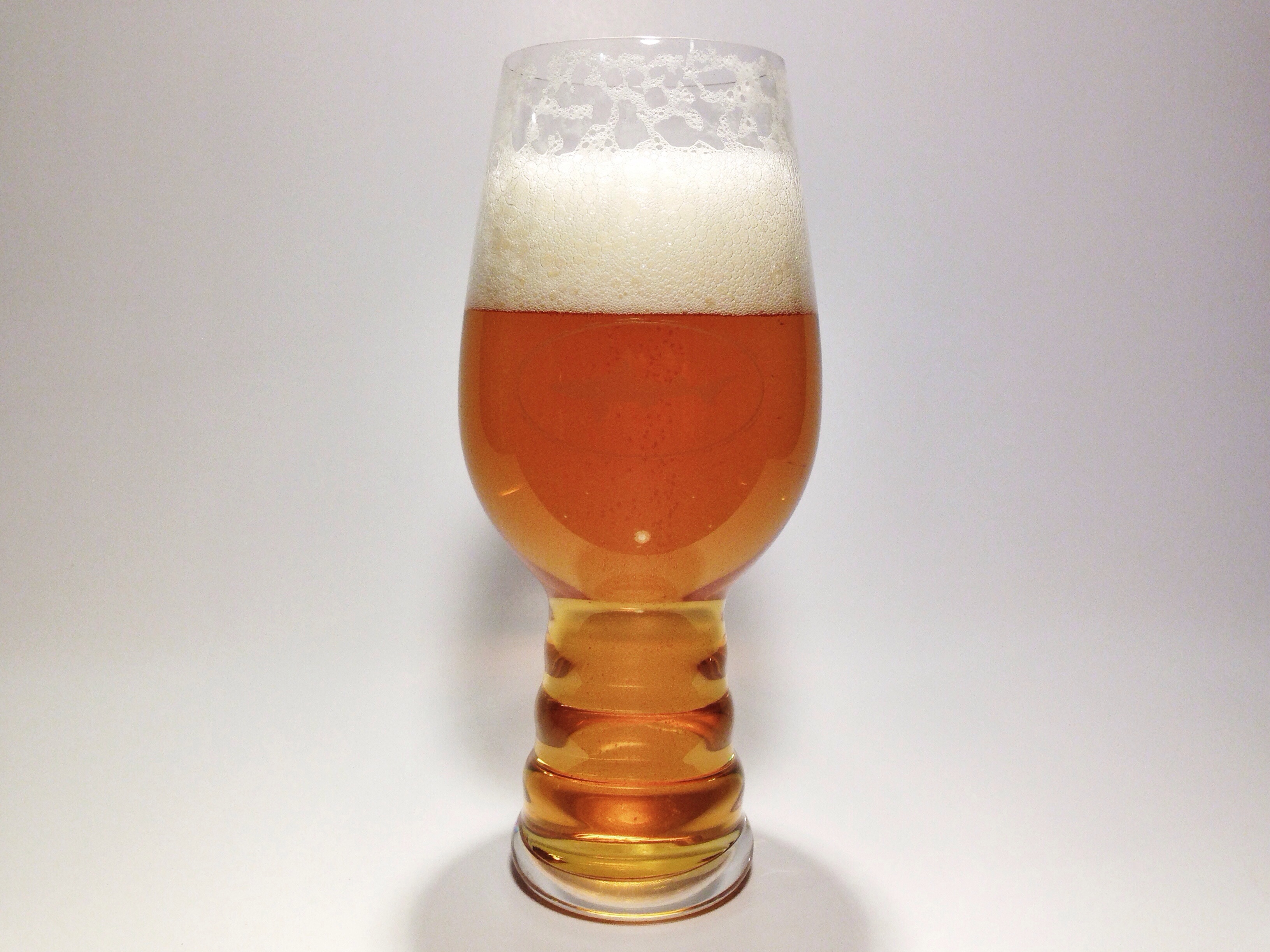Reinventing Lagers

Lagers tend to not get the same amount of respect within the craft beer community that ales do. The name alone tends to bring up connotations of industrially brewed “fizzy yellow beer,” despite there being about 20 different styles of lagers to choose from. This likely stems from the fact that most craft breweries start out focusing on ales, likely because they are cheaper to make. Lagers not only require a lower fermentation temperature, they also require a much longer aging process, tying up fermentors that could’ve turned over a couple batches of ale. While there are several craft brewers in America that are known for their lagers, they tend to focus on making traditional examples of the styles.
What I would like to see, is the sort of innovation and creativity that American brewers have used to create very uniquely American ales, but towards the different lager styles.
But here lies the problem. Ale yeast contributes a bit of fruitiness to the beer that allows it to be a better match for stronger, or more unique flavors, like barrel aging, large hopping rates, or fruit additions. Weston from Joseph James put it perfectly when he responded to me by saying “what makes lagers so unique and wonderful are it’s delicacies.” This hits the nail on the head. Lagers have a lighter body and a drier finish than an ale with the same alcohol content. This is all thanks to lager yeast strains that ferment much cleaner than ale yeast strains and leave the beer a bit drier. Lagers are the epitome of drinkability. While they still can provide a lot of flavor, they aren’t known for being anywhere near as intense as an IPA.
So how you do you innovate a lager? The goal would of course be to balance the clean fermentation an attempt to not muddle any additional flavors. One of the more recent examples of this would be Dogfish Head’s latest winter seasonal beer, Piercing Pils.

If you couldn’t guess from the name, Piercing Pils is a pilsner style beer. What makes it unique is that it also contains pear juice and pear tea. What upset me most about this beer, is that it replaced Chicory Stout as Dogfish’s winter seasonal. Pilsner is never the first thing that comes to mind when I think about winter (barley wine comes to mind, for those wondering) so I approached this beer with quite a bit of apprehension.
This beer does a great job of being a pilsner. The traditional usage of Saaz hops provides a firm bitterness and a great herbal aroma. As for the pears: I’m not sure that I can recognize what contribution the pear tea is providing, compared to the pear juice, but there are definitely some pear flavors in there. The pear was well restrained, allowing the beer to remain true to style and letting the hops take control of the foreground. Rather than being front and center, the pear instead was primarily present in both the aroma, and in the finish, leaving a sweet and floral lingering flavor as it melded with the hops. Traditionally, we are told to wait until the mountains turn blue, so that we know the beer is cold enough to drink. However, this beer should not be served at refrigerator temperature. It wasn’t bad cold, but it was so much better when it warmed up a bit.

This beer is a great example of how American brewers can start to innovate lager styles, while still balancing what makes lagers who they are. For me personally, bocks, schwarzbiers, and rauchbiers are my preferred styles, so I’d love to see what can be done with those!